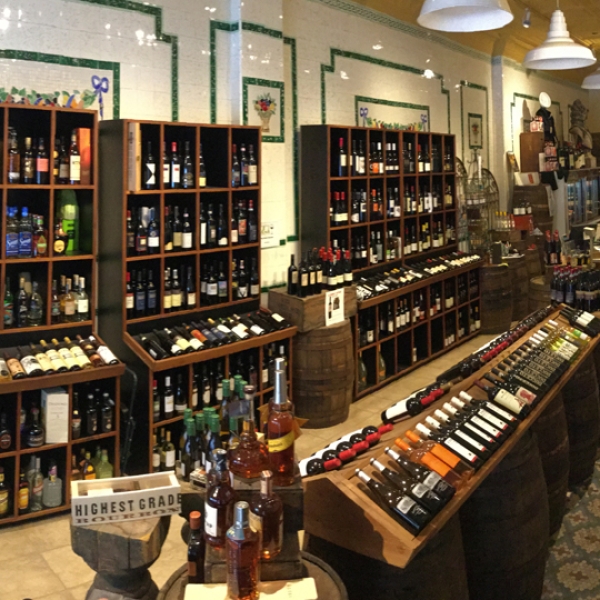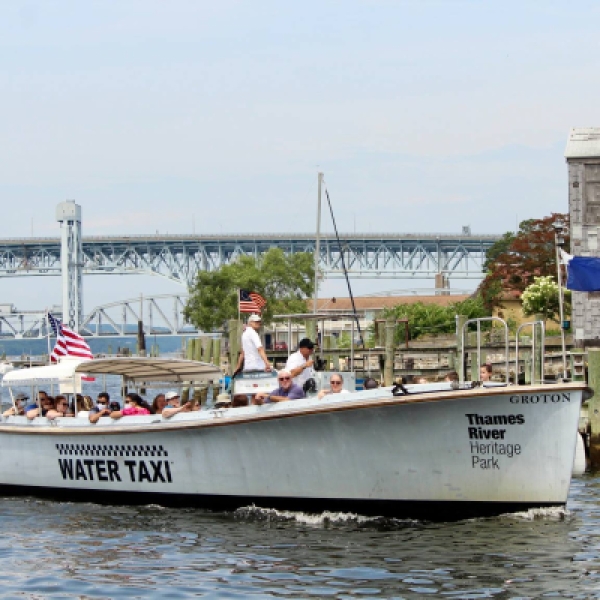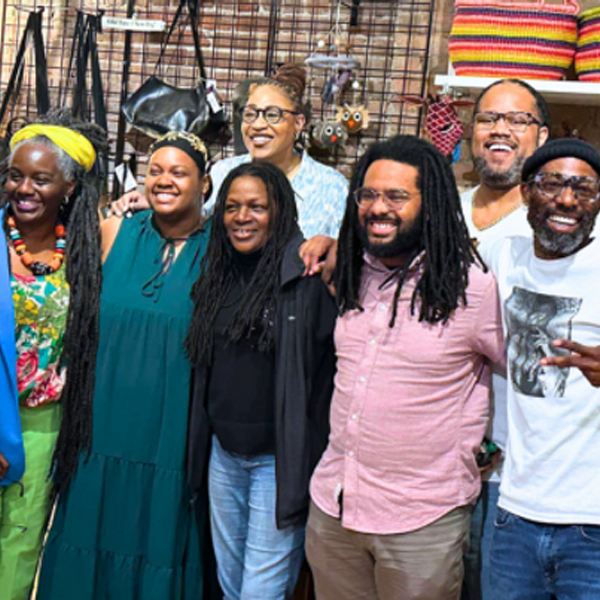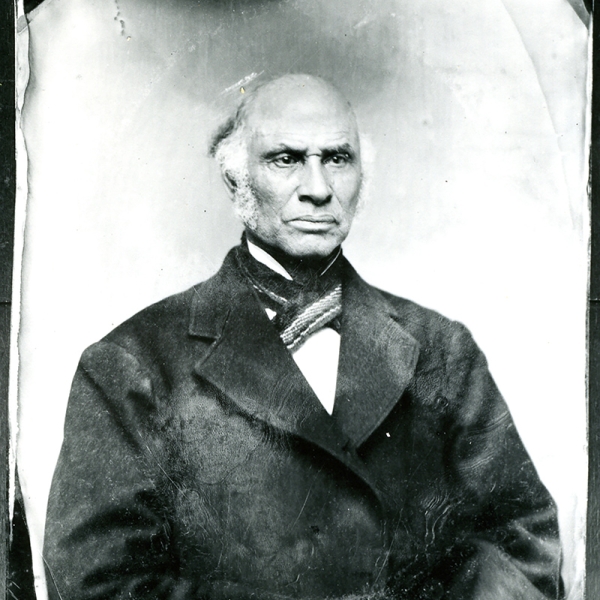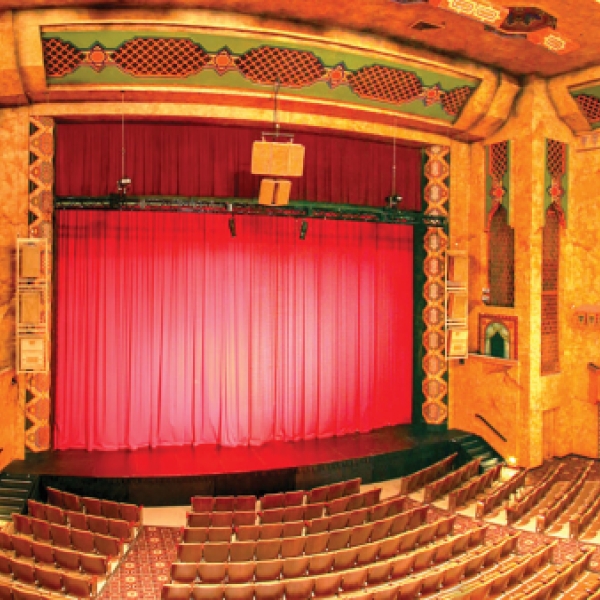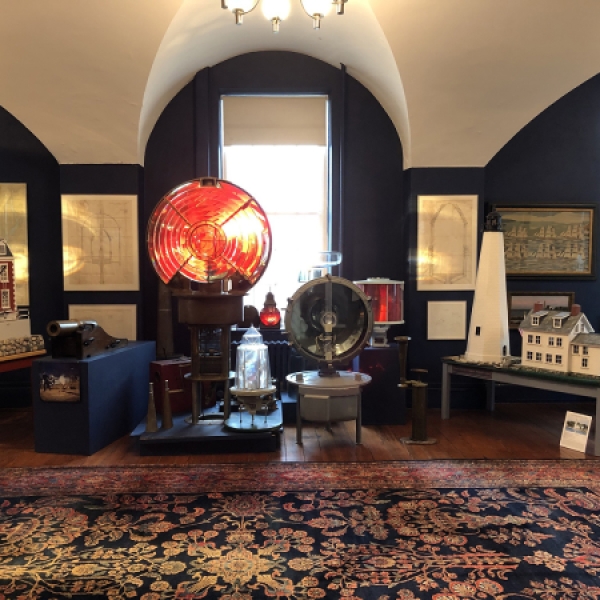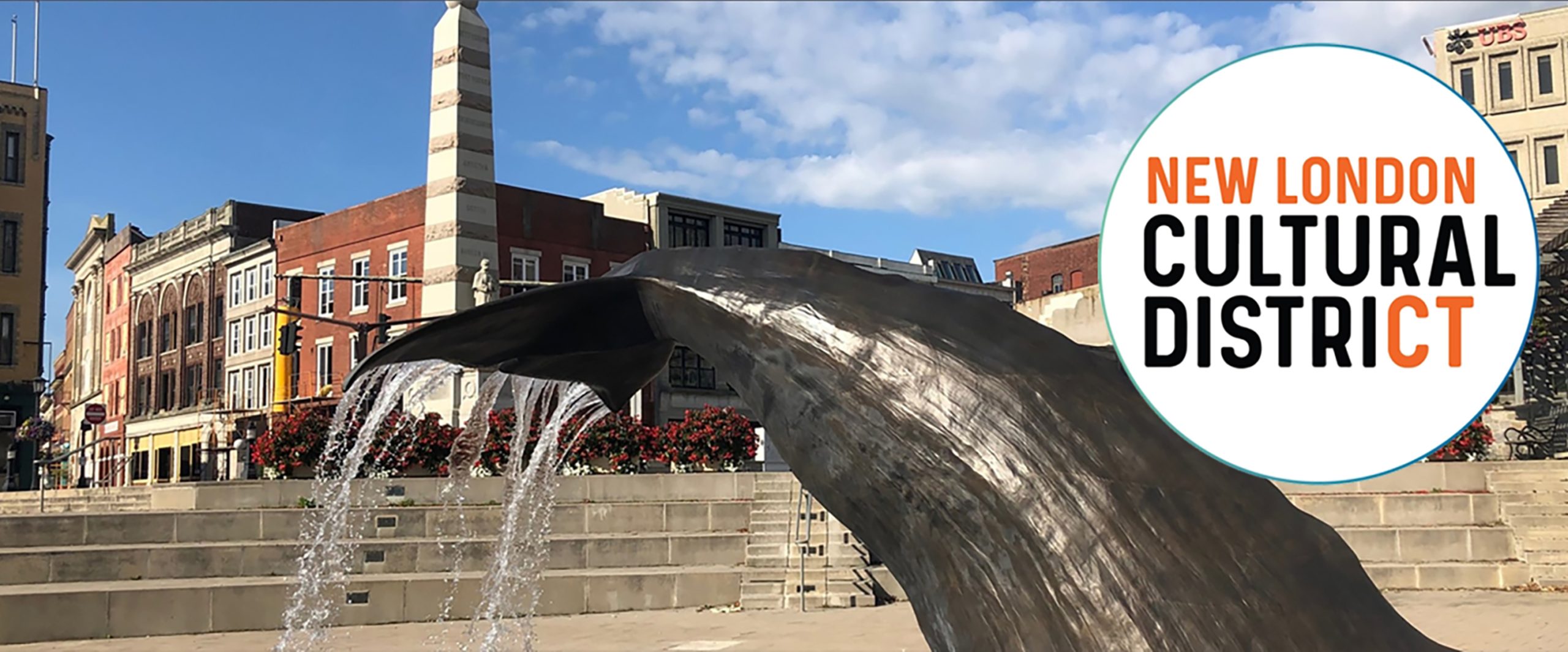
THE CONNECTICUT OFFICE OF THE ARTS DESIGNATES NEW LONDON AS THE STATE’S THIRD “CULTURAL DISTRICT”
The New London Cultural District showcases a unique part of Eastern Connecticut, highlighting an eclectic mix of locally owned shops, galleries, and restaurants along the Thames River in downtown New London.
Because of its vibrant arts and commercial center, menu of international cuisine, and active waterfront, with ferries, subs, and sailboats, the City of New London was given an honor few municipalities can claim. New London’s Historic District was recognized in 2022 by Lt. Governor Bysiewicz and the Department of Economic and Community Development’s Connecticut Office of the Arts (COA) as the state’s third municipality to serve as a Cultural District.
Also included in the district is the Black Heritage Trail, which the City last year unveiled in 2022. It features 15 sites of local and national significance to the Black American experience.
Other must-visit destinations in New London’s cultural district include Hygienic Art, the Garde Arts Center, and the Custom House Maritime Museum.
The City also sponsors several cultural events year-round in the downtown area that is bounded by State, Bank and Howard Streets, including heritage recognition days, the ‘Eat in the Street’ series, the Connecticut Maritime Heritage Festival, Sailfest, and more.
“Whether it’s through cultural heritage events or our locally owned restaurants offering an international menu, it’s clear that New London is the center of arts, culture, and diversity in southeastern Connecticut,” says Mayor Michael Passero.
Cultural Districts are considered walkable areas of a city or town that feature numerous cultural facilities, activities, and/or assets. These vibrant areas draw visitors from other towns and states and serve as a hub for residents to congregate and interact. Cultural districts serve to:
- Promote and encourage artists, entrepreneurs, and creative businesses
- Promote tourism and increase visitation
- Improve the quality of life for residents
- Strengthen the distinctive character of communities
- Drive economic growth and expand the tax base
- Highlight local culture and history

